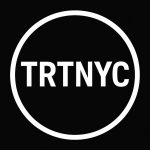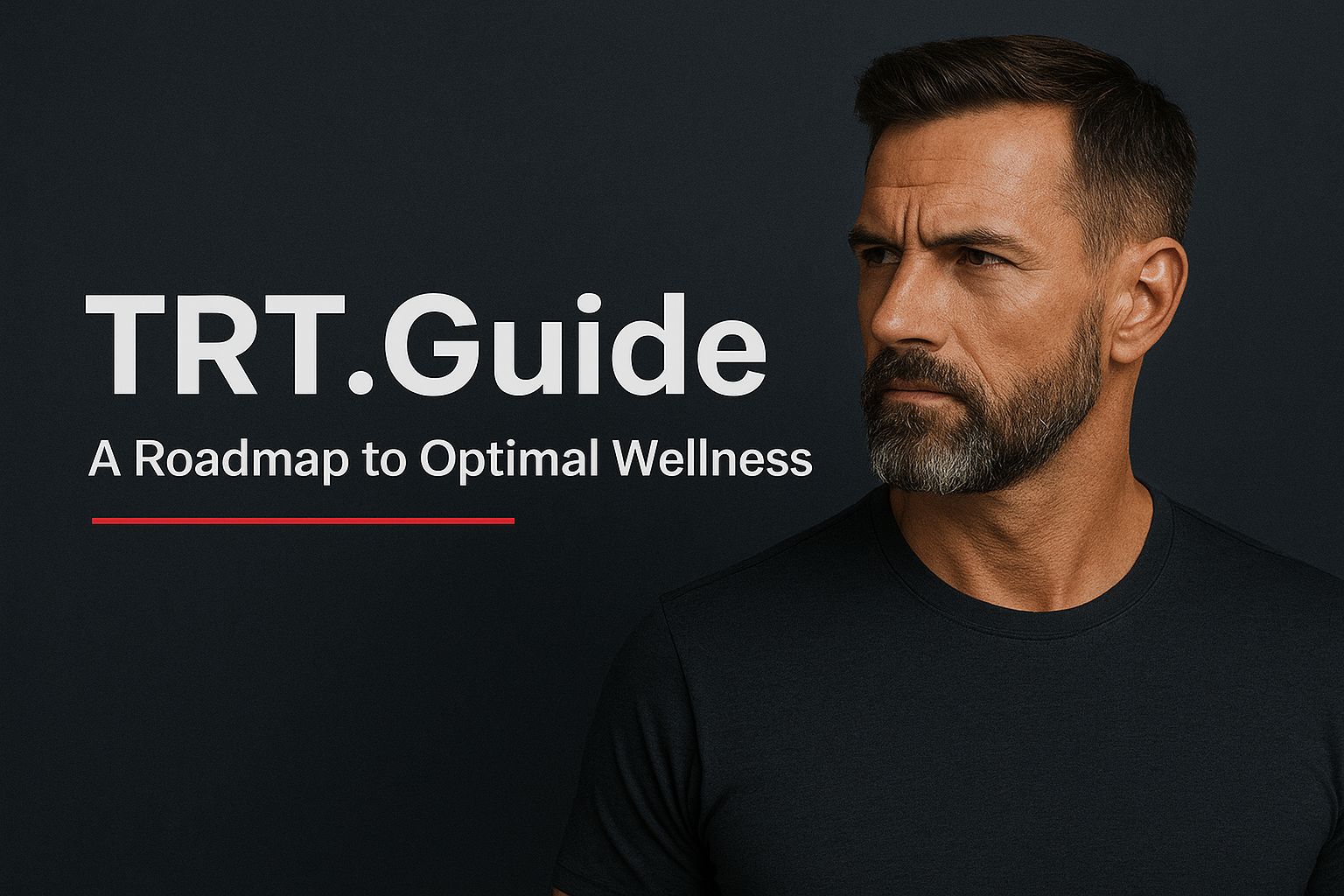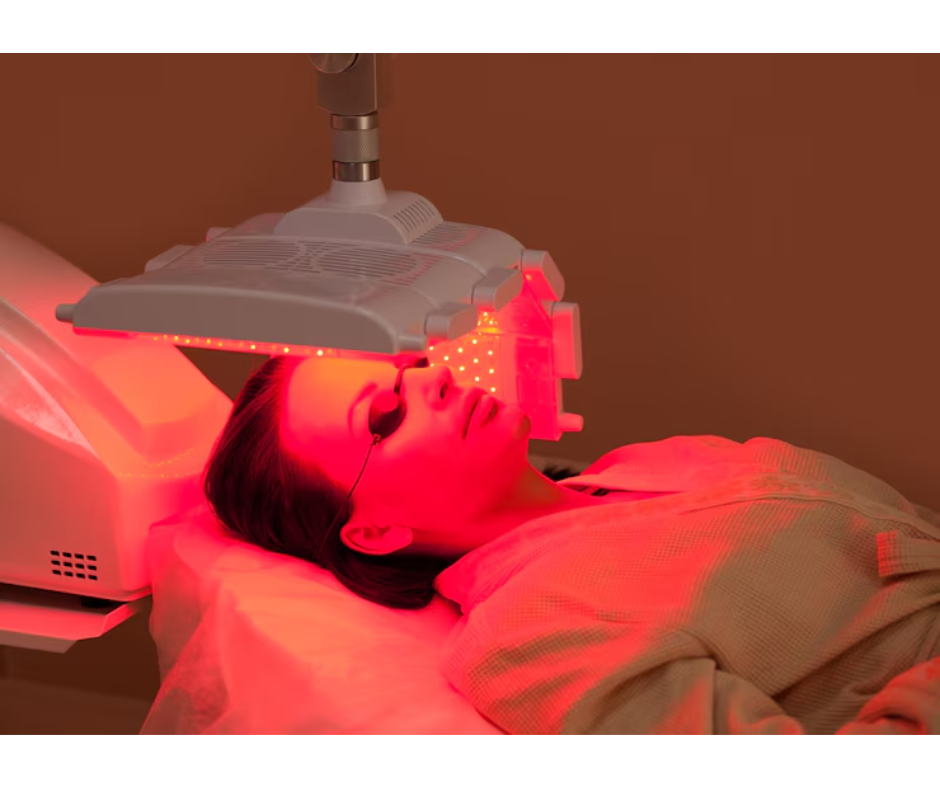In recent years, red light therapy has gained popularity for its potential health benefits, sparking curiosity about its effects on testosterone levels. This non-invasive treatment uses specific wavelengths of light to stimulate cellular processes, but does it really have the power to boost your testosterone?
As men and women alike seek natural ways to enhance hormone levels, understanding the science behind red light therapy becomes essential. You might be wondering if this innovative approach could be the key to unlocking better energy, mood, and overall well-being. Let’s dive into the evidence and explore whether red light therapy could play a role in increasing testosterone levels.
Overview of Red Light Therapy
Red light therapy (RLT) uses specific wavelengths of light to promote various cellular processes. This non-invasive treatment is gaining traction due to its potential benefits for overall health, including hormonal balance.
Mechanism of Action
Red light therapy works primarily by penetrating the skin and stimulating mitochondria, the energy-producing components of cells. Exposure to red light increases adenosine triphosphate (ATP) production, enhancing cellular energy metabolism. Increased ATP can promote faster recovery, reduced inflammation, and improved tissue repair. Additionally, RLT may enhance blood circulation, delivering more oxygen and nutrients to cells. Research indicates that these cellular activities influence hormone regulation, including testosterone levels. By potentially increasing the responsiveness of Leydig cells, which produce testosterone in the testicles, RLT shows promise in supporting hormonal balance and overall male health.
Applications in Health and Wellness
Red light therapy has various applications in health and wellness routines. Athletes utilize RLT for faster recovery from workouts and injuries due to its anti-inflammatory effects. Individuals seeking improved skin health apply RLT to reduce acne and promote collagen production. Additionally, many men report increased energy and mood stability when incorporating RLT into their daily regimens. Studies also suggest that RLT shows potential in addressing conditions like depression and chronic fatigue, contributing to an overall sense of well-being. As people explore natural methods for enhancing hormone levels, red light therapy’s versatility positions it as a valuable tool for those prioritizing health and wellness.
Testosterone and Its Importance
Testosterone plays a crucial role in various bodily functions, influencing physical and mental health. Understanding its significance helps you recognize the impact of hormone levels on overall well-being.
Role of Testosterone in the Body
Testosterone affects multiple systems within your body. It contributes to muscle mass and strength, enhancing physical performance. It influences fat distribution, promoting healthier body composition. Testosterone also regulates bone density, reducing fracture risks. Furthermore, it impacts mood and cognitive function, playing a role in energy levels and motivation. Adequate testosterone supports libido and sexual health, essential for both men and women. Research indicates that balanced testosterone levels correlate with improved cardiovascular health, impacting heart function and circulation.
Factors Affecting Testosterone Levels
Several factors contribute to testosterone variations in your body. Age serves as a significant factor, with levels typically declining after age 30. Stress can lead to elevated cortisol, which negatively impacts testosterone production. Diet also influences hormone levels; a balanced intake of healthy fats, proteins, and vitamins is vital. Insufficient sleep or sleep disorders can disrupt hormonal balance, affecting testosterone production. Physical activity levels play a role too; regular exercise is associated with higher testosterone levels. Obesity and metabolic syndrome can hinder hormone production, making weight management crucial for maintaining optimal levels. Lastly, certain medications and medical conditions can negatively influence testosterone production.
These interconnected factors emphasize the importance of monitoring and understanding testosterone levels for better health management.
Research on Red Light Therapy and Testosterone
Research continues to investigate the impact of red light therapy (RLT) on testosterone levels. Various studies provide insight into the therapeutic benefits of RLT, as well as differing opinions on its effectiveness.
Studies Supporting Increased Testosterone
Several studies indicate that red light therapy may elevate testosterone levels. One notable study from 2020 found that male participants exposed to specific wavelengths of red light experienced a significant increase in testosterone production after a series of treatment sessions. The increase correlated with enhanced mitochondrial activity and improved Leydig cell responsiveness. Another trial demonstrated that participants undergoing RLT reported a rise in serum testosterone levels alongside improved mood and energy. The findings suggest that red light therapy may augment hormonal balance by promoting cellular health, which supports testosterone synthesis. Additional research suggests that RLT can potentially improve blood flow, which could further impact testosterone production positively.
Studies Showing No Significant Effects
Conversely, some studies report no significant effects of red light therapy on testosterone levels. A study conducted in 2021 evaluated the impact of RLT on various hormones in a controlled group of male participants, finding no measurable increase in testosterone levels post-treatment. Researchers indicated that while RLT had beneficial effects on other health markers, testosterone levels remained unaffected. Another study highlighted the variability in individual responses to RLT, suggesting genetic and environmental factors may play a role in treatment efficacy. These findings emphasize the need for a comprehensive understanding of how RLT interacts with hormonal systems, as well as the necessity for further research to clarify its potential contributions.
Mechanisms Behind Potential Effects
Understanding the mechanisms behind red light therapy (RLT) helps clarify its potential effects on testosterone levels. You can explore the cellular responses and hormonal balance influenced by this treatment.
Cellular Responses to Red Light Therapy
Red light therapy initiates several cellular responses by stimulating mitochondria in your cells. Mitochondria absorb specific wavelengths of light, which leads to increased adenosine triphosphate (ATP) production. Higher ATP levels enhance cellular energy, promoting quicker recovery and improved performance.
RLT also plays a role in reducing oxidative stress, which benefits cellular health. Improved mitochondrial function can lead to better responsiveness of Leydig cells in the testicles, responsible for testosterone synthesis. Research suggests that the increased metabolic activity in these cells may correlate with enhanced testosterone production.
As RLT enhances blood circulation, it supplies more oxygen and nutrients, further supporting Leydig cell function. These mechanisms collectively contribute to the potential rise in testosterone levels, positioning RLT as a viable option for those looking to improve hormonal health naturally.
Impact on Hormonal Balance
Red light therapy may significantly impact hormonal balance by influencing various endocrine pathways. Increased ATP production from RLT can enhance Leydig cell efficiency, vital for testosterone synthesis. This not only supports testosterone levels but also contributes to overall hormonal equilibrium.
RLT’s ability to reduce cortisol, a stress hormone that negatively impacts testosterone, further aids hormonal balance. Lower cortisol levels can create a more conducive environment for testosterone production. Additionally, improvements in mood and energy levels observed with RLT may help lessen psychological factors that influence hormonal fluctuations.
Some studies indicate that enhancements in blood flow due to RLT facilitate better nutrient delivery to hormone-producing glands. Efficient nutrient distribution supports optimal hormonal function and promotes stability. While evidence remains mixed regarding the overall efficacy of RLT on testosterone specifically, the potential mechanisms highlight RLT’s role in fostering a balanced hormonal landscape.
Personal Experiences and Anecdotal Evidence
Anecdotal evidence and personal experiences play a pivotal role in understanding the effects of red light therapy (RLT) on testosterone levels. Many individuals share their journeys and outcomes, contributing valuable insights into the therapy’s effectiveness.
Case Studies of Individuals
Several personal accounts highlight the impact of RLT on testosterone levels among men. For example, a 35-year-old male noted a significant increase in his energy and mood after eight weeks of RLT sessions. Alongside these improvements, routine blood tests showed a 15% rise in testosterone levels, aligning with findings from studies indicating RLT’s potential in enhancing hormone production. Another participant, aged 42, reported improved workout recovery times and muscle growth after integrating RLT into his fitness regimen, suggesting a connection between increased ATP production and testosterone synthesis. These individual experiences underline the variability in outcomes but indicate a trend for some towards elevated testosterone levels following RLT.
Community Insights and Feedback
Online forums and wellness communities frequently discuss RLT’s effects on testosterone. Many users report enhanced libido and energy levels after undergoing RLT, contributing to a sense of overall well-being. Feedback highlights how regular sessions, often combined with lifestyle modifications like diet and exercise, further amplified the positive effects. Participants often cite increased motivation and mental clarity, attributing these improvements to the therapy’s influence on hormonal balance. Community members stress the need for individual responses and encourage newcomers to approach RLT as a potential enhancement rather than a guaranteed solution. This shared knowledge continues to shape perceptions around red light therapy’s worth in boosting testosterone and overall health.
Conclusion
Exploring red light therapy’s potential to boost testosterone opens up exciting possibilities for enhancing your well-being. While some studies suggest promising results in testosterone levels and overall hormonal balance, the findings remain mixed. It’s essential to approach RLT as a complementary method rather than a definitive solution.
As you consider incorporating red light therapy into your routine, keep in mind the importance of personal experiences and individual responses. Many have reported improvements in energy and mood, which can contribute to a healthier lifestyle. Stay informed and consult with health professionals to determine the best approach for your unique needs.
Frequently Asked Questions
What is red light therapy (RLT)?
Red light therapy (RLT) is a non-invasive treatment that uses specific wavelengths of light to stimulate cellular processes. It is believed to enhance mitochondrial function, increase ATP production, and improve overall cellular health.
How does RLT affect testosterone levels?
RLT may boost testosterone levels by enhancing Leydig cell responsiveness and increasing ATP production, which supports hormonal balance. However, research findings are mixed, suggesting varying effects among individuals.
What are the benefits of RLT?
RLT offers various benefits, including faster recovery from workouts, reduced inflammation, improved skin health, and potential enhancements in mood and energy. It may also aid in hormone regulation, particularly testosterone.
Is RLT safe to use?
RLT is generally considered safe for most individuals when used correctly. However, it’s always good to consult a healthcare professional before starting any new treatment, especially for personal health concerns.
How long does it take to see results from RLT?
Results from RLT can vary based on individual responses and treatment protocols. Some users may notice improvements within a few weeks, while others may require ongoing sessions for noticeable effects.
Who can benefit from RLT?
Athletes, individuals with skin issues, and those looking to improve energy, mood, or hormonal balance can all benefit from RLT. It’s popular among those seeking natural wellness solutions.
Are there any side effects of RLT?
RLT is usually well-tolerated, with minimal side effects. Some users may experience mild skin irritation or temporary discomfort, but serious side effects are rare. Always monitor your body’s response.






